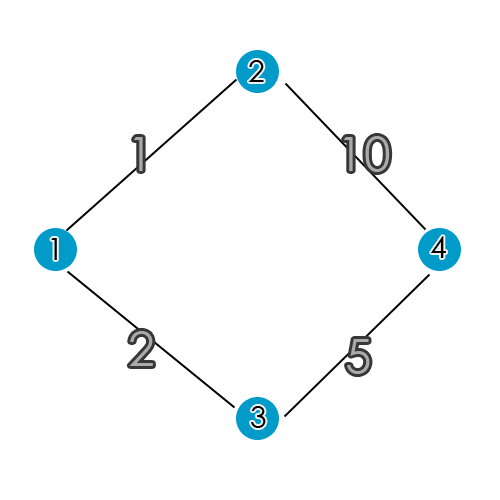Welcome To...
This is an educative interactive tool designed to help students better understand routing algorithms

Welcome To...
This is an educative interactive tool designed to help students better understand routing algorithms



It's an algorithm that finds the shortest path between a source node and all other nodes in a weighted graph. Dijkstra is commonly used in network routing and transportation planning.

It explores adjacent nodes from a source node, updating the distance to each node and selecting the one with the smallest distance until all nodes have been visited, resulting in a shortest path.

It is useful beacuse it is crucial to optimize resource allocation and minimize costs. Relatively easy to understand and implement, making it a popular choice for pathfinding and network routing applications.
.png)

It is a crucial algorithm used in networking to find the shortest path between nodes. This ensures datagram, which are packets of data, are sent through the most optimal path to minimize delays and maximize efficiency.

Each node has its own routing table which contains the distance between the current node and every other node in the system. The algorithm then uses these tables to transfer data between nodes in the most efficient path.

This algorithm is more useful because it is distributed, fault-tolerant and adaptable. This makes them perfect for large complex networks, as they can adapt to changes very easily, scalable, tolerant and robust.